There can be your advertisement
300x150
How to Choose a Rug for a Children's Room
A rug in a child's room often serves as a reliable play area, protected from the cold floor. Therefore, when choosing rugs, you should base your decision on their intended purpose.
Choosing a Rug by Purpose
A rug in a child's room often serves as a reliable play area, protected from the cold floor. Therefore, when choosing rugs, you should base your decision on their intended purpose. For example, rugs with dense and long pile can be problematic to clean and are not comfortable enough for children, as it is difficult to roll a ball or play with small construction toys (puzzles, lotto, constructors) on such a surface.
It is better to choose rugs with short pile. Moreover, they are more durable.
If the topic is about decorative rugs, then your choice is entirely up to you.
It is better to choose a rug color from primary colors; the rug should have clear lines and shapes.

Photo 1 — Wool Rug Flower and Dots (India), pile height 16-20 mm; price $597 (for a rug 1.20 x 1.80)
Choosing a Rug by Dust Resistance
Dust settles on the surface at an equal rate, and the length of the pile does not affect this process.
However, there is a significant difference in maintenance of a 'dusty' rug. For example, the pile somewhat traps particles of dirt that fall on the surface of the rug, while a smooth rug can lift microbes into the air with just a light step.

Photo 2 — Synthetic Rug Flash by Balta Industries (Belgium), pile length 6-8 mm; price $75-125 (for model 1.20 x 1.70 and 1.60 x 2.25 respectively)
What Rug to Choose?
Rug coverings are divided into rugs made from natural and synthetic fibers, as well as mixed-type rugs. In the first case, plant-based components are used as the base: this can be silk, cotton, bamboo, linen, or wool. Synthetic rugs often use polypropylene.
Natural Rugs
Wool is the most popular and durable material for making rugs. Due to its high resistance to mechanical impact and, to some extent, aging, the price of such a rug typically ranges from $120 per square meter.

Photo 3 — Wool Rug Cow Farm (India), pile height 16-20 mm; price $936-1407 (for a rug 1.60 x 2.30 and 2.00 x 3.00 respectively)
Silk is an elegant material, but it is too expensive and not durable enough for a child's room (when compared to wool rugs). The price per meter of such a rug can reach $875.
Cotton rugs hold their shape well and, unlike silk ones, do not stretch. However, they absorb moisture readily.
Such rugs can only be used in a child's room once the child learns to use the potty.
The average price of a cotton rug is around $75-78 per square meter.
Advantages of natural rugs: high eco-friendliness, safety of the surface, durability and longevity of some types of coverings, softness of the pile, excellent thermal insulation properties.
Disadvantages: static charge can accumulate easily, cleaning and maintenance can be complicated, and they are expensive.
How to clean: natural rugs should not be cleaned with wet methods! Harsh brushes for cleaning are also not recommended. Natural rugs can be treated with a solution (1 liter of water, 2 tbsp. ammonia spirits) applied to a soft sponge or cloth.
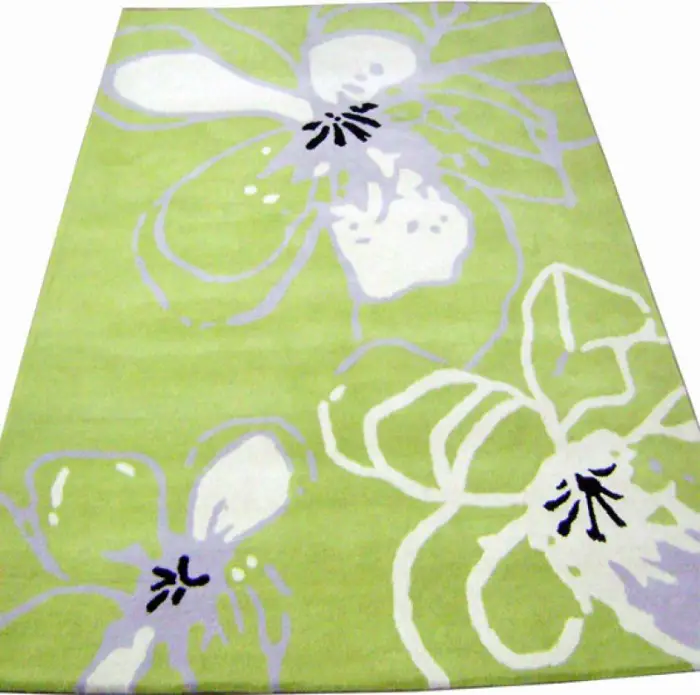
Photo 4 — Wool Rug Flower and Dots (India), pile height 16-20 mm; price $1407 (for a rug 2.00 x 3.00)
Photo 4. Wool Rug Flower and Dots (India), pile height 16-20 mm; price $1407 (for a rug 2.00 x 3.00).
Synthetic Rugs
When manufacturing synthetic rugs, acrylic, nylon, polypropylene, or polyester is often used. These coverings are significantly cheaper than natural ones but are almost as durable.
Advantages of synthetic rugs: they have anti-static and dirt-repelling treatments, are affordable, and very easy to clean.
Disadvantages: low eco-friendliness of the surface, pile is often not soft enough, minimal thermal insulation.
How to clean: you can use a vacuum cleaner, a rough brush moistened in soapy water. It is better to dry rugs outdoors.
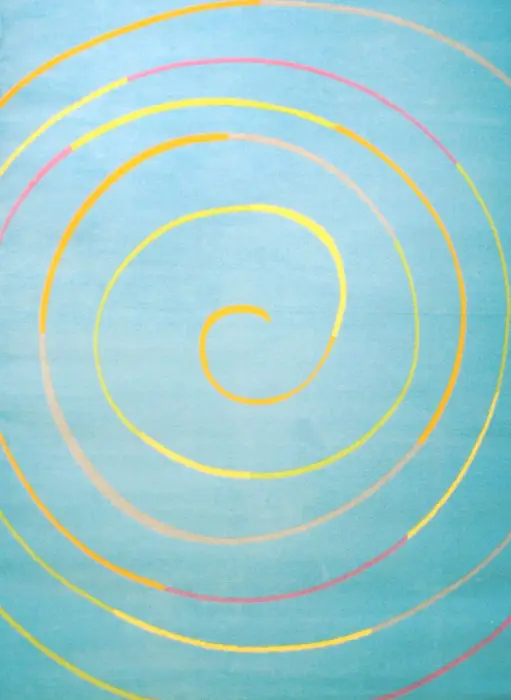
Photo 5 — Synthetic Rug Flash by Balta Industries (Belgium), pile length 6-8 mm; price $75-125 (for model 1.20 x 1.70 and 1.60 x 2.25 respectively)
Rugs made from expanded polystyrene are a relatively new product on the market, but they have gained high demand due to excellent sound and thermal insulation, eco-friendliness, hygiene, moisture resistance, and dust mite resistance.
These rugs do not slip and are lightweight compared to others, making them easy to transport. The price of such a rug can be from $10 and up.
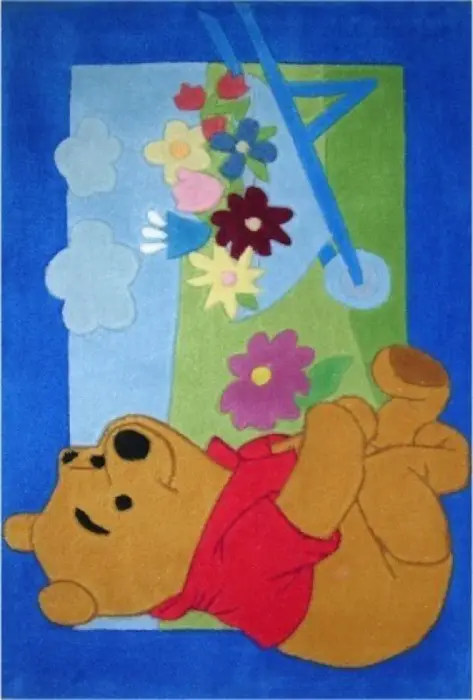
Photo 6 — Acrylic Rug Walt Disney (China), pile length 11-15 mm; price $45-57 (for a rug 0.69 x 1.08 and 0.80 x 1.40 respectively)
Advantages of such rugs: hygienic, no pile to act as a dust collector, do not absorb odors, feature a soft and warm sound and thermal insulating base, and are mobile.
Disadvantages: the market currently offers a limited selection of colors.
How to clean: wet cleaning is allowed; stains from paint, crayons, markers, or clay can be easily washed off the surface and dry in minutes.

Photo 7 — Synthetic Rug Lotos Disney by manufacturer Karat (Ukraine), pile length 9-10 mm; price $73 (for model 1.50 x 2.30)
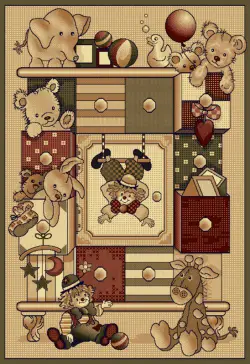
Photo 8 — Synthetic Rug Lotos by manufacturer Karat (Ukraine), pile length 9-10 mm; price $73 (for model 1.50 x 2.30)
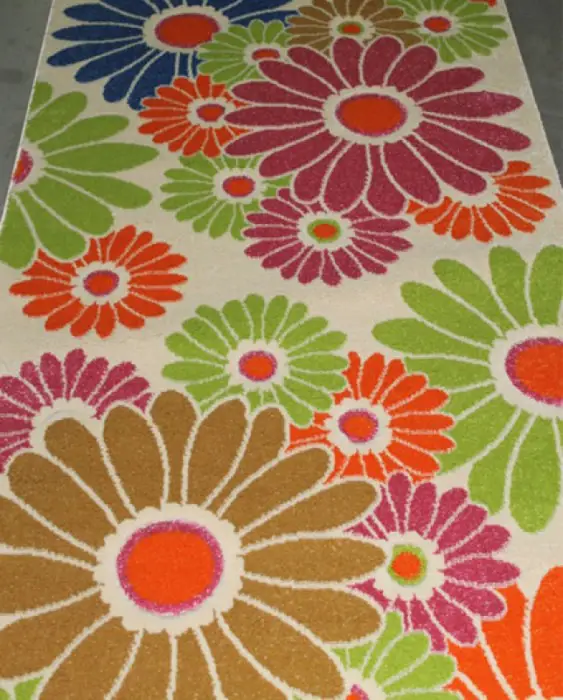
Photo 9 — Synthetic Rug Fulya (Turkey), pile length 11-15 mm; price $39-335 (for model 0.80 x 1.50 and 3.00 x 4.00 respectively)
More articles:
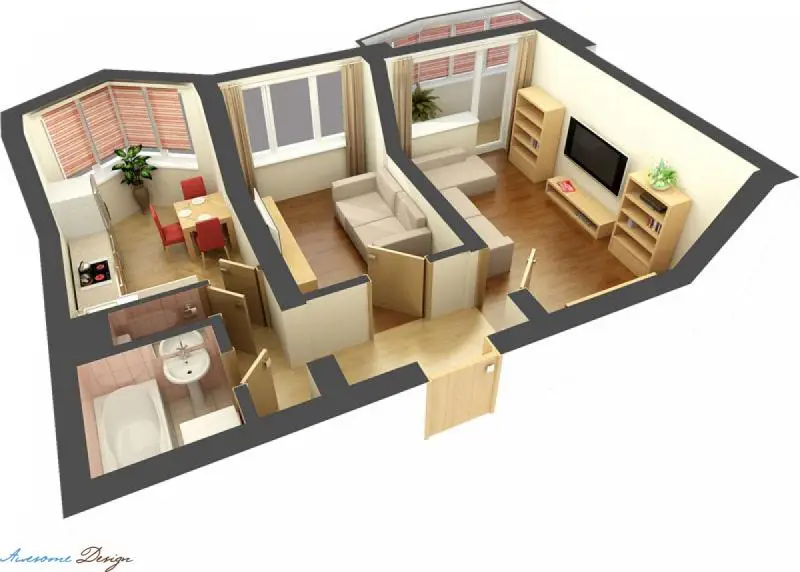 Design of Three-Room Apartments. How to Properly Arrange the Interior?
Design of Three-Room Apartments. How to Properly Arrange the Interior?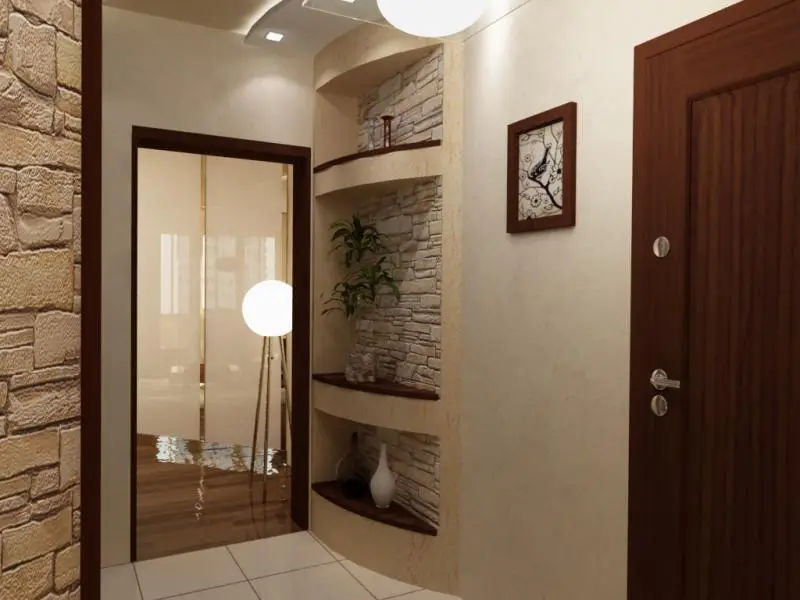 Interior of a Long Foyer - A Problem Solved
Interior of a Long Foyer - A Problem Solved Design Ideas for the Living Room of a Modern Apartment
Design Ideas for the Living Room of a Modern Apartment Design of the Entry Hall in a Small Apartment: Fit Everything!
Design of the Entry Hall in a Small Apartment: Fit Everything!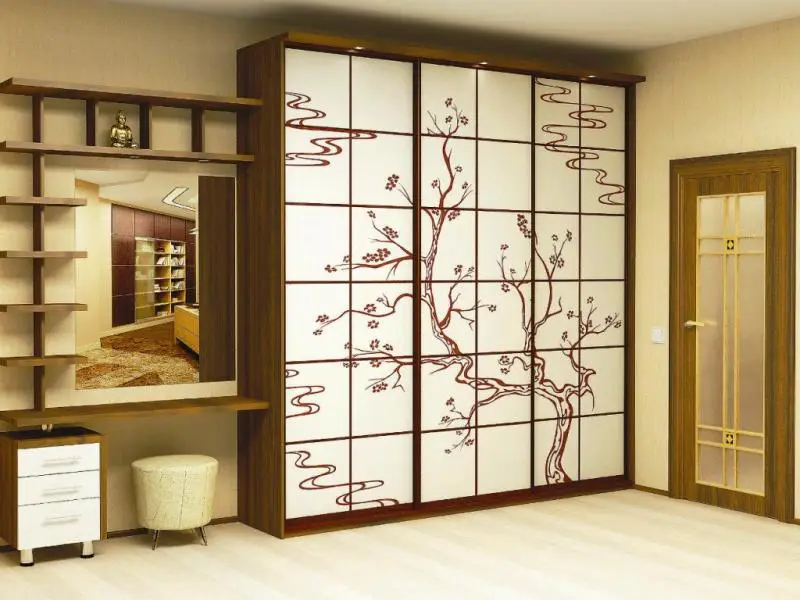 Entry Hall Living Room and Several Interesting Ideas
Entry Hall Living Room and Several Interesting Ideas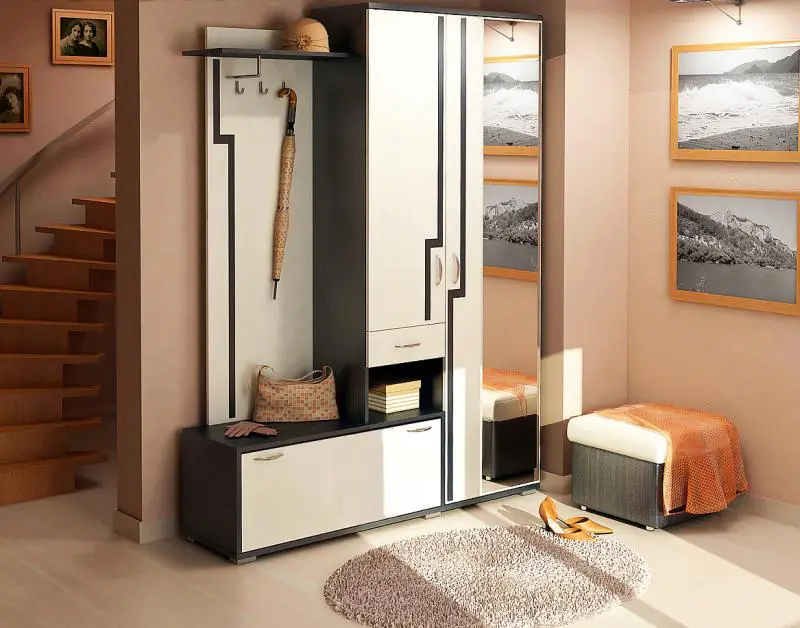 Design of the Living Room in an Apartment. Functionality and Compactness
Design of the Living Room in an Apartment. Functionality and Compactness Interior Design of the Hallway. Transforming a Passage Room
Interior Design of the Hallway. Transforming a Passage Room Interior Design Ideas for Living Rooms: Unusual Solutions
Interior Design Ideas for Living Rooms: Unusual Solutions